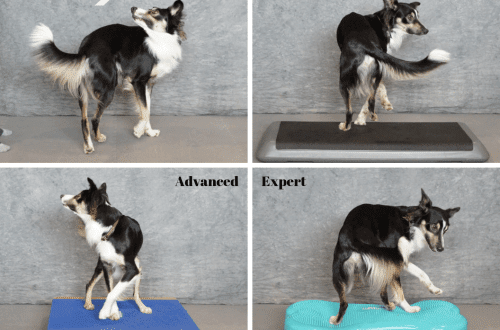
How to protect your dog in cold weather
Sometimes it is enough to look at a dog to understand: it is made for cold weather. Siberian huskies, malamutes and St. Bernards greet snow and frost with joyful barking. They are covered with thick, warm wool, which serves as an excellent natural thermal insulation for them. But some other breeds of dogs start to shiver at the mere thought of having to go outside when a blizzard hits.
For some animals, winter is not just uncomfortable – winter can even be dangerous for them. That is why when the temperature drops while walking with dogs, it is still necessary to take some precautions.
Contents
How long should a dog walk in winter?
Too much exposure to the cold can be just as dangerous for dogs as it is for humans. Just because they’re covered in hair doesn’t mean they’re immune to the diseases and injuries that become common with the onset of cold weather. Too much exposure to the cold can be harmful, so it’s important to limit your pet’s time outside during particularly cold times of the year. This does not mean that your dog should not be out in cold weather or when there is snow for longer than it needs to meet physiological needs. In general, watching a dog frolic in the snow is one of the greatest joys for its owner. Playing snowball fights for your dog to catch can be just the exercise he needs to shed the weight he’s gained during the winter. But if you’re starting to get cold outside, your pet may be getting chilly too.
Even if you have an outdoor playpen or dog house in your yard that he uses during the summer months, remember to take him into the house after short periods of being outside. Never leave your dog outside overnight. If she is used to spending most of her time outdoors, you can set up a warm spot for her in the garage. If she spends some time in her kennel, give her blankets or towels to wrap herself in and change them every day as they get cold. It may be useful to invest in heating lamps to maintain a normal temperature in the booth.
There is nothing wrong with your dog being outside in cold weather, but it is necessary to bring him indoors after being outside for a long time to avoid health problems.
How to understand that the dog is cold?
The most obvious sign that a dog is cold is shivering, which is the body’s natural way of generating heat. Other common signs that a pet is very cold are reluctance to go outside, slow and clumsy movements caused by cold joints and muscles, and decreased activity.
Some animals tolerate cold worse than others. The Chewy website explains that a dog’s body fat, size, age, coat, and overall health affect how it handles cold. This is why, for example, Chihuahuas and Greyhounds cannot stand the icy wind.
What to do in case of hypothermia?
It is very important to ensure that the dog does not freeze. Despite having hair, it can suffer from life-threatening conditions such as hypothermia and frostbite if left in the cold for long periods of time.
Common symptoms of hypothermia in dogs are severe shivering, lethargy, and frostbite. Frostbite in dogs often occurs on exposed areas such as the tail, tips of the ears, skin of the scrotum, and paw pads. You can recognize frostbite by the fact that the affected area becomes very pale with a bluish-white tint due to lack of blood circulation, explains PetMD.
If your dog has hypothermia, it is important to act very quickly to prevent serious illness or even death. PetMD recommends doing the following:
- Bring the dog home.
- Wrap her in blankets warmed by a radiator.
- Contact your veterinarian to examine your pet. You need to make sure that there are no chronic complications or other problems, such as frostbite.
What can I do to keep my dog cool outside?
If you have a short-haired dog—whether it’s a breed or haircut—a sweater or jacket can keep it warm, just like a coat can keep you warm. You can get boots with non-slip soles, as ice and snow can get between the pads of the paws, which is fraught with frostbite. When you return home, wipe off the snow from the dog, as sometimes it can accumulate in the coat. This will help her warm up faster.
Animals do not always feel bad in winter. If you keep your dog comfortable in cold weather, he will be happy to play with you even in the snow kingdom. Now run to play snowballs with your pet!





